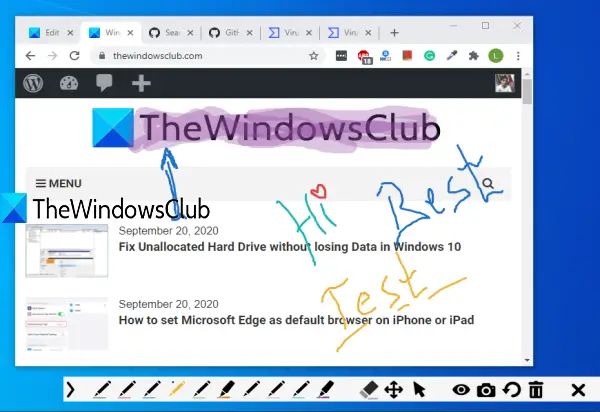
Xaringan slide decks are so useful for a variety of reasons, one of which is their extensibility. It allows you to easily do all the neat stuff you see around here. (Remember, this site is build with blogdown, another RMarkdown package.) Everything is written in plain text and is human-readable (it’s just a version of Markdown) and incorporates R code natively. I’ve talked about it before but just as a little refresher: for my slide decks, I use an RMarkdown package called xaringan by Yihui Xie, a software engineer at RStudio. 🤷īut wait! Enter xaringanExtra’s scribble option Hey there, this is a great idea! Would you mind sending a feature request to our page at so our engineers can review this?- Zoom January 20, 2021 So I tweeted about the lack of annotation-specific keyboard shortcuts and whoever runs the Zoom Twitter account actually replied, which was unexpected: Why not just have some keyboard shortcuts to do these things? One hand on the keyboard, one hand holding the pen, and you’re good to go. Switching the annotation on and off, finding the button to change from pencil back to mouse, having to clear the annotations before moving on. That said, it struck me how janky the whole process was. Compared to an iPad, this is one less device, login, et cetera, to have to worry about.Using browser-based slide deck and a blank New Tab gives you an on-demand whiteboard without having to switch between screen shares.


)Īnd these are great for particular things but (and I tried it) manipulating the Zoom annotation tools is not one of them.Įnter the drawing monitor: think of it as a combination of the drawing tablet (above) and a touch screen. (This is not a drawing monitor this is a drawing tablet. Luckily, digital artists have sussed out this problem ages ago when the drawing tablets like the Wacom came out. Like many, I’m using Zoom (which I’ve talked about in terms of using OBS to spice up your Zoom calls and, while I think the annotation tools provided are decent if a little clunky, I can’t bear trying to “write” on a screen using a mouse. I’d been wondering what I can do to improve my engagement with the on-screen content during live class sessions. Remote teaching during the SARS-CoV2 pandemic isn’t much different from what I normally do, insofar as I’m still teaching from my home office to students that (mostly) were planning on being online, regardless. If you found this useful, how about a round of applause?


 0 kommentar(er)
0 kommentar(er)
